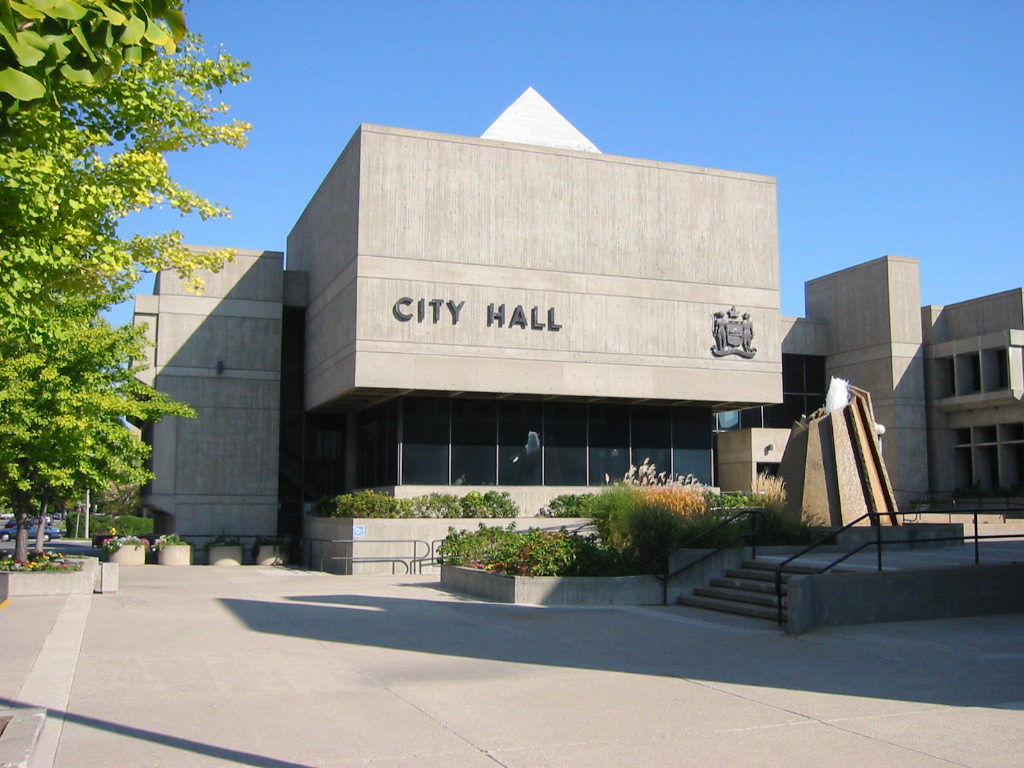In late 2017, Brantford Mayor Chris Friel put forward a motion to hire a new communications specialist for his city’s communications department. He felt he had to. Because on Nov. 27, 2017, it was announced the Brant News would be among the papers closed after a massive deal saw 41 newspapers swapped between Postmedia and Torstar.
While the community still has a daily newspaper, there is no local television station and the local radio is headquartered outside of the county. “We now (have to be) in a situation to get the news out and get information out in a way that used to traditionally be done by newspapers and the radio for us,” he said.
The Postmedia-Torstar deal closed 35 Ontario papers in one fell swoop and created almost exclusive advertising zones in the province for each company. And that doesn’t even begin to measure the slow bleed of reporters and resources that have emptied out of newsrooms across Ontario and the country.
The hit has been felt by municipal governments in Ontario. Lynn Dollin, the president of the Association of Municipalities of Ontario and the deputy mayor of Innisfil, called it a “constant battle” to get community information out to municipalities where the most accessible news is most often about the two T’s: Toronto and Trump.
The loss of just one local reporter means the loss of someone chronicling events that national newsrooms would never cover. Innisfil had a one-community reporter who would go to every single event. “She went to 16 events on a Saturday,” said Dollin. “She went to every church supper. She went to every store opening or ribbon cutting or parade or event at the schools. It’s a real loss to our community not to have her out there doing that work anymore.”
It would be easy to assume that some politicians might welcome a lack of scrutiny from local journalists. But what many people working for local governments really want is an informed electorate. “Taking calls from an angry person who has their facts right and understands the issue is much easier to deal with then taking a call from somebody that is angry about something that has no basis in fact,” said Brian Lambie, the president of Redbrick Communications and a communications strategist for AMO. What allows conspiracy theories and rumours to flourish, Lambie adds, is a lack of factual, detailed information.
Most politicians don’t like being questioned aggressively, notes Friel — but that’s not the point. Reporting is vital to a community’s structure. “I think an active media in whatever form is the best way to communicate,” he said.
Some municipalities are filling the gaps in local reporting by increasing their communications staff and amping up their presence on social media. Lambie notes that in Mississauga, the city’s communications team has established about 40 different social media channels to communicate to residents in the absence of traditional media doing to.
But that is not an option for every city. While municipalities like Mississauga or Toronto can support large communications departments, most Ontario municipalities — about 444 of them, according to Lambie — are so small that they don’t have the budget for a communications team. He estimates only about 100 municipalities have professional communications team. And often, if a municipality does have a communications officer, it’s someone who does multiple jobs: a communications officer-cum-HR person, for example.
Moreover, the lack of local newspapers creates practical problems for local legislators. For example, Ontario’s Planning Act legislates that municipalities place notifications in newspapers to notify constituents about certain changes — a big problem for communities where there is no paper. “The legislation is now out of date when you think there are places where it is no longer possible to advertise,” said Lambie.
And social media isn’t necessarily an option for informing people in communities where internet access is spotty at best. Al Spacek, the mayor of Kapuskasing and president of the Federation of Northern Ontario Municipalities, represents 110 municipalities in an area bigger than most of the Maritimes combined. Of those communities, over 80 per cent have a population of less than 2,000. Outside of major cities, high speed internet is difficult to access, and satellite internet is only an option for those with the funds for it.
“That’s where you rely on some more of the traditional media,” Spacek said. “I think you’d be surprised at the percentage of people and the demographic that still utilize every day the TV, radio and print media.” For social media to fill the gaps, the infrastructure first needs to exist so people can access it — and then you need someone to run it. “I would be shocked if you could find somebody with a communications person on staff,” said Spacek. The main concern, in small communities, is making sure the basic functions of local government are working.
While AMO members haven’t had any official discussions about what the provincial or federal governments should do in the face of media loss. But there is a sense from those J-Source talked to that some sort of intervention is needed. “I think the CRTC needs to get their thoughts back to a more original mandate and start thinking about how we communicate now,” said Friel. He wants to be sure that communities like Brant county can protect themselves from losing their local media.
H.G. Watson was J-Source's managing editor from 2015 to 2018. She is a journalist based in Toronto. You can learn more about her at hgwatson.com.

